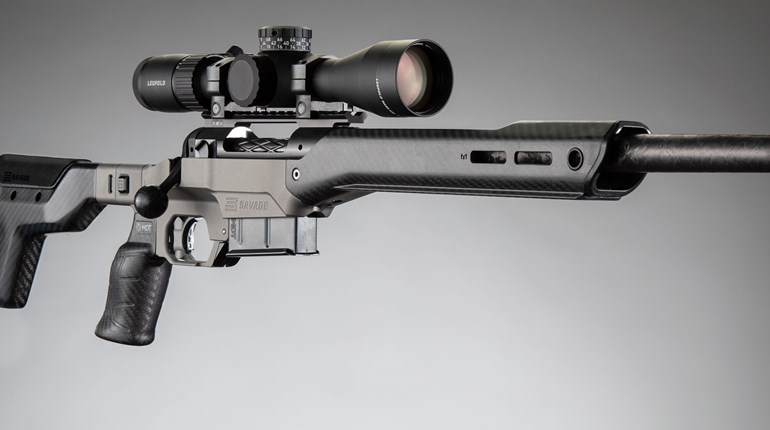
In those competitions with big shotgun stages—sometimes as many as 40 targets—you will need to load a lot of ammo while on the clock. It doesn't matter if you can shoot faster than the cycle rate of your shotgun or hit every target at which you spray pellets, if you can't load the gun faster than the other guy, you lose. It may not be fair, and all the complaining that it's a "loading competition, not a shooting competition" won't change the outcome. Deal with it, or lose the match.
It is interesting to note that of the top 3-gun shooters I interviewed recently, almost every one mentioned reloading practice with the shotgun as one of the important steps to winning. One top competitor even listed shotgun loading practice as a third of his total practice time.
But, there are a couple of things to keep in mind. First is the danger of using live ammunition. It's all well and good if you practice at the range, but if you are practicing in your office or while watching television in your living room, using live ammo is a very bad idea. Brownells has the solution. It sells dummy rounds weighted the same as actual ammunition. A box of 25 will run a buck a "shell" and will last a very long time.
The next problem is what to do after your gun is loaded? It takes a lot of time to jack each shell back out of the magazine. So, simply remove the end cap from the magazine tube, along with the magazine spring and follower. You can now practice loading and then simply dump the shotshells out of the front of the magazine.
Use the same shell holders as you will in a match. Most of us will have several options to carry the necessary fodder, so practice with all of them. That includes sidesaddles, wrist holders and any shell holders capable of being mounted on your gear. The four-shell, belt-mounted holders seem to be most popular these days. Shotguns used in all classes but open have eight-shot magazines, so loading in multiples of four makes sense. Four is also about the maximum number of shells most of us with normal-size hands can manage at once.
The drill I practice most often involves grabbing four shells from a belt-mounted holder with the head of the cases pointed at my little finger. I then feed them into the magazine, loading each one down to the gun and pushing them into the magazine, one at a time. Using the par time on a shooting timer can help to measure if you are getting faster, but the main focus of this drill is to build muscle memory so the actions are familiar and automatic. While use of a timer is not necessary every time you practice, you should use it or a stopwatch now and then to make sure you are in fact getting faster.




































